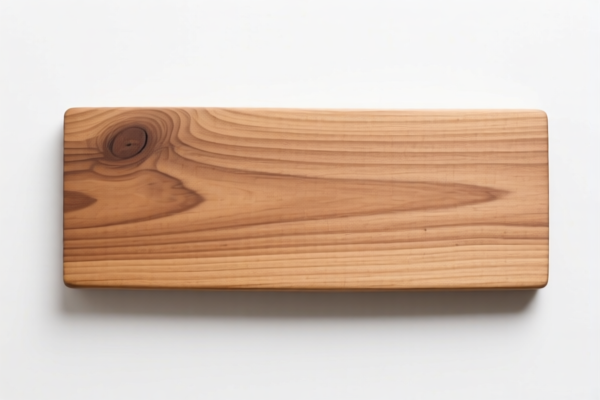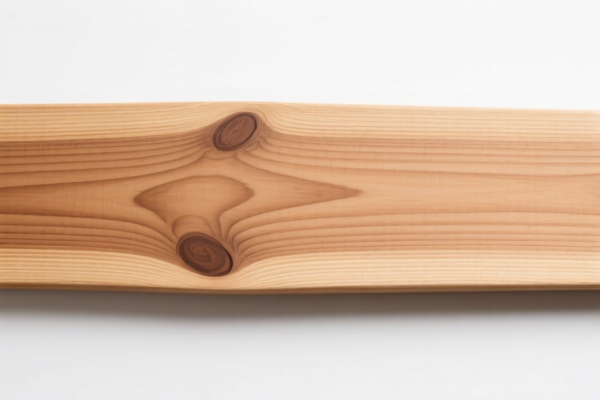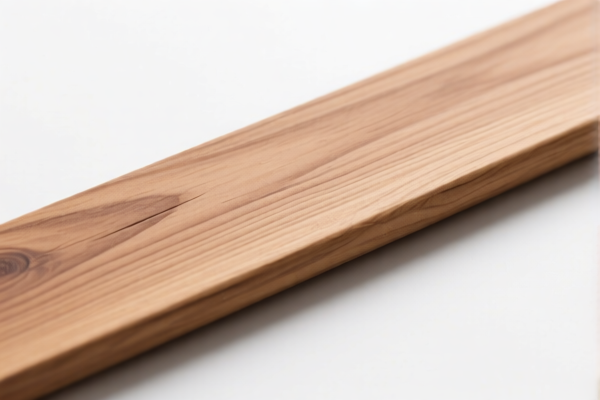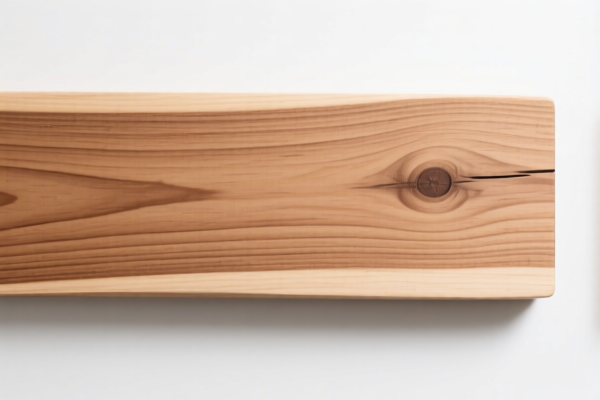| HS Code | Official Doc | Tariff Rate | Origin | Destination | Effective Date |
|---|---|---|---|---|---|
| 4403250152 | Doc | 55.0% | CN | US | 2025-05-12 |
| 4403260164 | Doc | 55.0% | CN | US | 2025-05-12 |
| 4418300100 | Doc | 58.2% | CN | US | 2025-05-12 |
| 4403220125 | Doc | 55.0% | CN | US | 2025-05-12 |
| 4403220116 | Doc | 55.0% | CN | US | 2025-05-12 |




Here is the structured analysis of the HS codes and associated tariffs for the declared product "wood":
📦 Product Classification Overview: Wood
Below are the HS codes and their corresponding tariff details:
🔢 HS CODE: 4403250152
Description: Coarse wood, coniferous, other fir
Total Tax Rate: Not provided
Note: No detailed tax information available for this code.
🔢 HS CODE: 4403260164
Description: Coniferous wood, other categories
Total Tax Rate: 55.0%
Tariff Breakdown:
- Base Tariff: 0.0%
- Additional Tariff: 25.0%
- April 11 Special Tariff (after April 11, 2025): 30.0%
Key Alert: Additional tariffs increase significantly after April 11, 2025.
🔢 HS CODE: 4418300100
Description: Building carpentry and carpentry products
Total Tax Rate: 58.2%
Tariff Breakdown:
- Base Tariff: 3.2%
- Additional Tariff: 25.0%
- April 11 Special Tariff (after April 11, 2025): 30.0%
Key Alert: Higher base tariff compared to raw wood products.
🔢 HS CODE: 4403220125
Description: Coarse coniferous pine wood, round logs and wood of Pinus ponderosa
Total Tax Rate: 55.0%
Tariff Breakdown:
- Base Tariff: 0.0%
- Additional Tariff: 25.0%
- April 11 Special Tariff (after April 11, 2025): 30.0%
Key Alert: Same as other coniferous wood products, with significant increase after April 11, 2025.
🔢 HS CODE: 4403220116
Description: Coarse coniferous pine wood
Total Tax Rate: 55.0%
Tariff Breakdown:
- Base Tariff: 0.0%
- Additional Tariff: 25.0%
- April 11 Special Tariff (after April 11, 2025): 30.0%
Key Alert: Same as other coniferous wood products, with significant increase after April 11, 2025.
📌 Proactive Advice for Importers:
- Verify Material and Unit Price: Confirm the exact type of wood (e.g., pine, fir) and whether it is raw or processed (e.g., building carpentry).
- Check Required Certifications: Some wood products may require phytosanitary certificates or other documentation.
- Monitor Tariff Changes: Be aware of the April 11, 2025 deadline for additional tariffs. Plan your import schedule accordingly.
- Consider Anti-Dumping Duties: If importing from countries with known anti-dumping duties on iron or aluminum, ensure these are factored into your cost analysis (though not directly applicable to wood, it's good to be aware).
Let me know if you need help determining the most appropriate HS code for your specific wood product. Here is the structured analysis of the HS codes and associated tariffs for the declared product "wood":
📦 Product Classification Overview: Wood
Below are the HS codes and their corresponding tariff details:
🔢 HS CODE: 4403250152
Description: Coarse wood, coniferous, other fir
Total Tax Rate: Not provided
Note: No detailed tax information available for this code.
🔢 HS CODE: 4403260164
Description: Coniferous wood, other categories
Total Tax Rate: 55.0%
Tariff Breakdown:
- Base Tariff: 0.0%
- Additional Tariff: 25.0%
- April 11 Special Tariff (after April 11, 2025): 30.0%
Key Alert: Additional tariffs increase significantly after April 11, 2025.
🔢 HS CODE: 4418300100
Description: Building carpentry and carpentry products
Total Tax Rate: 58.2%
Tariff Breakdown:
- Base Tariff: 3.2%
- Additional Tariff: 25.0%
- April 11 Special Tariff (after April 11, 2025): 30.0%
Key Alert: Higher base tariff compared to raw wood products.
🔢 HS CODE: 4403220125
Description: Coarse coniferous pine wood, round logs and wood of Pinus ponderosa
Total Tax Rate: 55.0%
Tariff Breakdown:
- Base Tariff: 0.0%
- Additional Tariff: 25.0%
- April 11 Special Tariff (after April 11, 2025): 30.0%
Key Alert: Same as other coniferous wood products, with significant increase after April 11, 2025.
🔢 HS CODE: 4403220116
Description: Coarse coniferous pine wood
Total Tax Rate: 55.0%
Tariff Breakdown:
- Base Tariff: 0.0%
- Additional Tariff: 25.0%
- April 11 Special Tariff (after April 11, 2025): 30.0%
Key Alert: Same as other coniferous wood products, with significant increase after April 11, 2025.
📌 Proactive Advice for Importers:
- Verify Material and Unit Price: Confirm the exact type of wood (e.g., pine, fir) and whether it is raw or processed (e.g., building carpentry).
- Check Required Certifications: Some wood products may require phytosanitary certificates or other documentation.
- Monitor Tariff Changes: Be aware of the April 11, 2025 deadline for additional tariffs. Plan your import schedule accordingly.
- Consider Anti-Dumping Duties: If importing from countries with known anti-dumping duties on iron or aluminum, ensure these are factored into your cost analysis (though not directly applicable to wood, it's good to be aware).
Let me know if you need help determining the most appropriate HS code for your specific wood product.
Customer Reviews
No reviews yet.